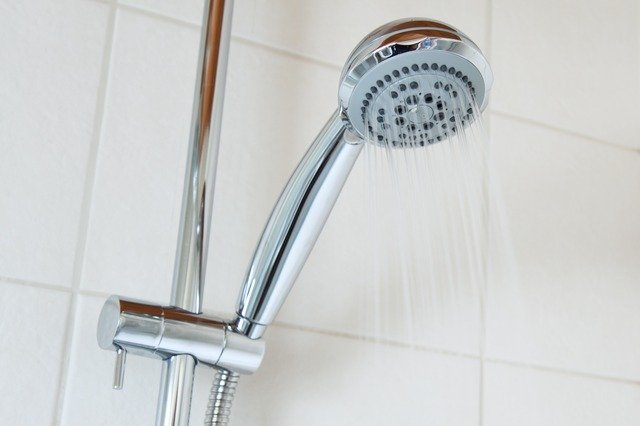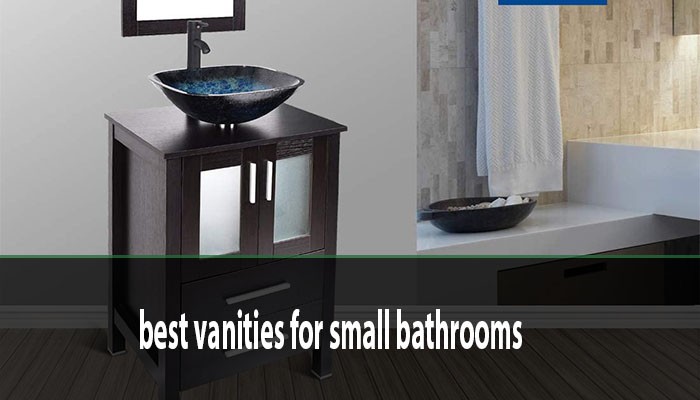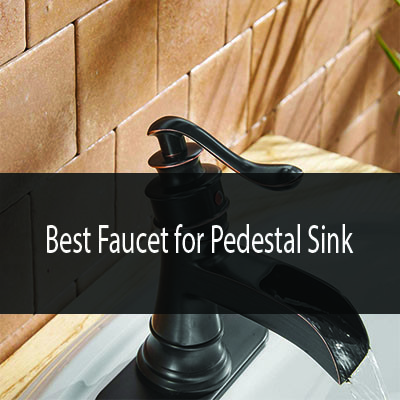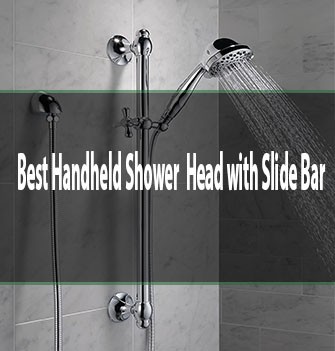In recent years, the conversation around personal hygiene has taken a fascinating turn, with bidets gaining traction as a preferred bathroom fixture. The question of how bidets improve hygiene—and why more people use them—has sparked curiosity among many. As I explored this topic, I found that bidets not only enhance cleanliness but also promote comfort and sustainability. If you’re intrigued by the idea of upgrading your bathroom routine and improving your personal hygiene, you’re in the right place. Let's dive into the world of bidets and discover how they can make a significant difference in your life.

Source: www.amazon.com
Table of Contents
The Rise of Bidets: A Modern Bathroom Essential
What is a Bidet?
A bidet is a bathroom fixture designed to wash the genital and anal areas after using the toilet. Traditionally, bidets were standalone fixtures, but modern innovations have led to bidet attachments and toilets with built-in bidet functionality. They often come equipped with adjustable water pressure, temperature controls, and even air dryers for added convenience.
Why Are Bidets Gaining Popularity?
The surge in bidet usage can be attributed to several factors:
- Health Awareness: Increased awareness of hygiene and health has led people to seek more effective cleaning methods after using the toilet.
- Sustainability Concerns: Bidets reduce the need for toilet paper, which is not only cost-effective but also environmentally friendly.
- Comfort and Convenience: Many users find bidets to be more comfortable than traditional toilet paper, leading to a more pleasant bathroom experience.
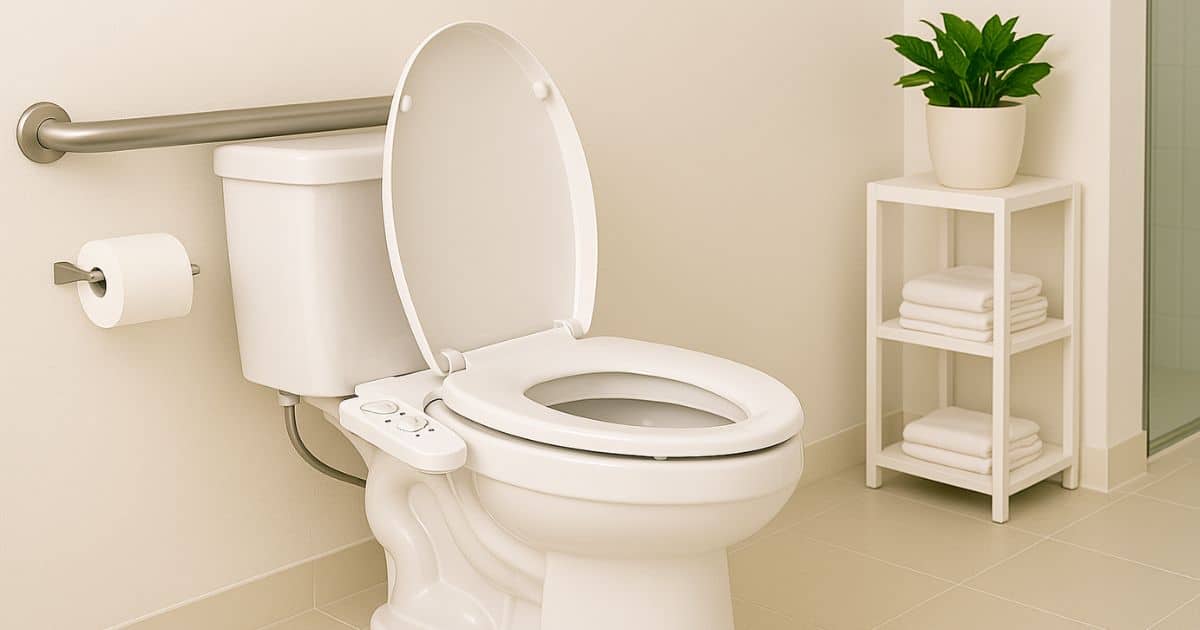
Source: dailycaring.com
How Bidets Improve Hygiene
1. Enhanced Cleaning
Using a bidet can significantly improve personal hygiene. Unlike toilet paper, which may leave residue, a bidet uses a gentle stream of water to cleanse the area thoroughly. According to a 2021 study published in the Journal of Water and Health, participants who used bidets reported feeling cleaner and fresher compared to those who relied solely on toilet paper.
2. Reduced Risk of Infection
Bidets can help reduce the risk of urinary tract infections (UTIs) and other bacterial infections. A study conducted by the American Journal of Infection Control found that individuals who used bidets had a lower incidence of UTIs compared to those who only used toilet paper. The water from a bidet effectively removes bacteria, minimizing the chances of infection.
3. Gentle on Sensitive Skin
For individuals with sensitive skin or conditions such as hemorrhoids, bidets provide a soothing alternative to abrasive toilet paper. The gentle water stream can alleviate discomfort and promote healing. A survey by the National Institute of Health revealed that 78% of respondents with sensitive skin preferred using bidets over traditional methods.
4. Better for the Environment
Bidets contribute to a more sustainable lifestyle by reducing toilet paper consumption. The production of toilet paper involves cutting down trees, using water, and generating waste. In contrast, bidets use significantly less water per use. According to the Environmental Protection Agency (EPA), switching to bidets can save an average household over 15 million gallons of water annually.

Source: www.amazon.com
Addressing Common Misconceptions
Misconception 1: Bidets Are Only for Luxury Homes
While bidets were once considered a luxury item, they are now available in various price ranges, making them accessible to many households. You can find affordable bidet attachments for under $50, which can easily be installed on your existing toilet.
Misconception 2: Bidets Are Complicated to Use
Many people believe that using a bidet is complicated. However, most modern bidets are user-friendly, featuring simple controls for water pressure and temperature. With a little practice, anyone can master the art of using a bidet.
Misconception 3: Bidets Are Unsanitary
Some people worry that bidets may be unsanitary. However, when used correctly, bidets are a hygienic option. Regular cleaning and maintenance of the bidet fixture will ensure that it remains clean and safe to use.

Source: www.facebook.com
Choosing the Right Bidet
Types of Bidets
- Standalone Bidets: These are separate fixtures that require additional space in your bathroom. They are often found in European homes.
- Bidet Attachments: These are affordable devices that can be attached to your existing toilet. They are easy to install and provide an excellent entry point for first-time users.
- Bidet Toilets: These are toilets that come with built-in bidet functionality. They often feature advanced options like heated seats and air dryers.
Key Features to Consider
When choosing a bidet, consider the following features:
- Water Pressure Control: Look for models that allow you to adjust the water pressure according to your comfort level.
- Temperature Control: Heated water can enhance the experience, especially in colder climates.
- Nozzle Positioning: Adjustable nozzles can provide a more personalized cleaning experience.
- Self-Cleaning Nozzles: This feature ensures that the nozzle remains hygienic after each use.

Source: www.amazon.com
Actionable Tips for Using a Bidet
- Start with the Basics: If you're new to bidets, begin with a simple model that offers basic features. Familiarize yourself with the controls before using it.
- Experiment with Settings: Take the time to adjust water pressure and temperature to find what feels best for you.
- Use Toilet Paper Sparingly: While bidets can reduce your reliance on toilet paper, you may still want to use a small amount for drying or to ensure complete cleanliness.
- Maintain Your Bidet: Regularly clean your bidet according to the manufacturer’s instructions to keep it in optimal condition.

Source: www.walmart.com
Frequently Asked Questions
What is the primary benefit of using a bidet?
The primary benefit of using a bidet is enhanced personal hygiene. Bidets provide a thorough cleaning with water, reducing the risk of irritation and infection.
Are bidets suitable for everyone?
Yes, bidets are suitable for most people, including children and the elderly. They can be particularly beneficial for those with mobility issues or skin sensitivities.
How do I install a bidet attachment?
Most bidet attachments come with straightforward installation instructions. Generally, you will need to turn off the water supply, remove the toilet seat, and attach the bidet unit before reattaching the seat.
Do bidets use a lot of water?
Bidets use significantly less water compared to the production of toilet paper. On average, a bidet uses about 1/8 of a gallon of water per use.
Can using a bidet help with hemorrhoids?
Yes, using a bidet can help alleviate discomfort associated with hemorrhoids. The gentle water stream can provide relief and promote healing.

Source: www.amazon.com
Conclusion
Bidets are not just bathroom fixtures; they represent a shift towards improved hygiene and sustainability. The benefits of using a bidet are clear: enhanced cleanliness, reduced risk of infections, and a more comfortable experience. As more people become aware of these advantages, it’s no surprise that the popularity of bidets is on the rise.
If you’re considering making the switch, I encourage you to explore the different types of bidets available and find one that suits your needs. Embrace the change, and you might find that a bidet is the upgrade your bathroom has been waiting for.
For more information on bidets and their benefits, feel free to explore additional resources or leave a comment below. And don't forget to check out the video below for a visual guide on how to use a bidet effectively!
Watch This Video on How Bidets Improve Hygiene—and Why More People Use Them

